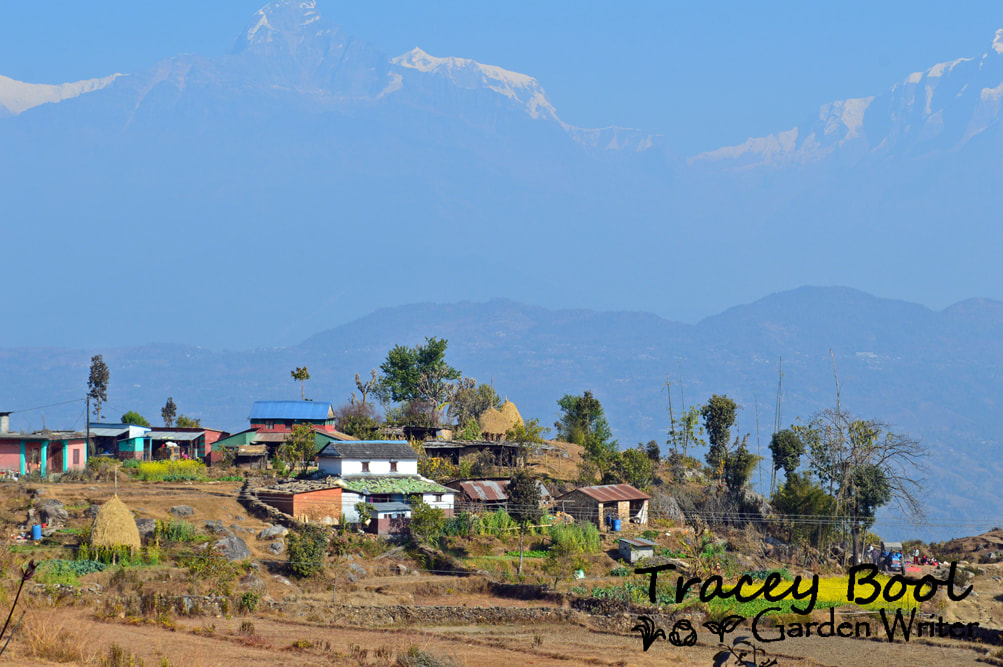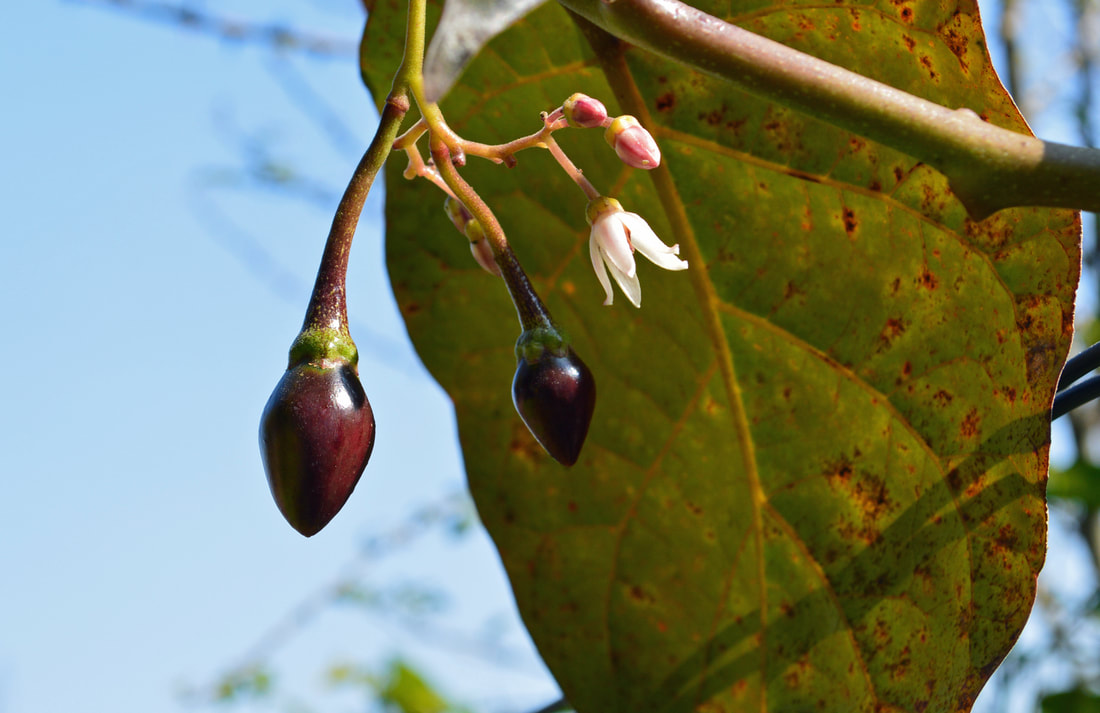|
Out and About: Village life in Kathmandu region Nepal
(15 February 2018) I was lucky enough to visit Nepal recently, which I can only describe as sensory overload: chaotic, dry, dust-laden, polluted, primitive, vibrant, inspiring, and humbling. What struck me aside from the magnificent landscape was the overwhelming strength, calmness and genuine friendliness of the people – a more stable and diverse community I am yet to see. During my visit with my sisters, we stayed at a teahouse in a rural village in the Pokhara region with our lovely guide Khunya, which overlooked the iconic Himalaya Mountains. The sub-tropical landscape was dotted with rice paddies and beautiful and largely vibrantly coloured homes, constructed out of stone, bamboo, thatch and everything in between. Being winter, the dry season, and not having rained for five months, air pollution levels were high and the fields were brown and dusty. The days were still and sunny and the temperature range while there was around 8-18 degrees Celsius. Common crops grown in the area were rice, maize, millet, lentils, wheat and mustard for oil production. Succession crops were also commonly grown, a technique where a variety of mutually beneficial crops are grown at the one time, all with differing harvest times. This is an efficient way of producing maximum yield in the space available. The land in the village was farmed as a community, including collecting firewood and building materials from nearby forests. The timber was harvested under the direction of the village leader and with long-term sustainability in mind. Villagers had veggie gardens adjacent to their homes and grew a range of crops and fruiting plants, such as white radish, mustard greens, garlic, tree tomatoes (tamarillo) and citrus. There were also ornamental plants growing in the village, many of which had religious value (marigolds are one such example). Poinsettias, salvias, evergreen red-flowering hibiscus, and a variety of tree cactus were dotted throughout. Essentially, nothing was wasted or taken for granted, including villagers’ sense of community and spiritual health. |


